- DroidAfrica
- Nokia
- Nokia 4.2
Nokia 4.2
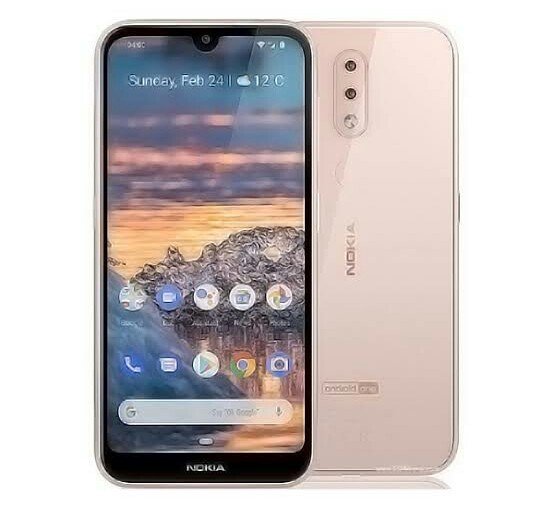
Nokia 4.2 Highlights and Overview
The Nokia 4.2 is very similar to the Nokia 3.2, in fact, both devices carries similar design aesthetics and built. The Nokia 4.2 comes in a more compact size than the 3.2. It also provide a dual rear camera sensors and an Octa-core CPU instead of the single camera sensor and Quad-core CPU on the 3.2.
The display is a 5.71 inch HD+ display, with a 720 x 1520 pixels resolution. As mentioned above, the device feature a notch display cut-out, which host the front-facing camera.
On the hardware department, there is a octa-core Qualcomm Snapdragon 439 CPU clocked at 2.0Ghz, along with Adreno 505 GPU. The device is available in two storage options: a 2GB RAM with 16GB internal storage or, a 3GB RAM version with 32GB internal storage.
At the back of the device, there is a dual 13 + 2 MP main camera along with a single LED flash, while an 8 megapixel sensor seats in the display cut-out upfront. Theres also a rear fingerprint scanner at the back of the device, along with other Android security options such as FaceID, Password or the popular Android pattern.
Unlike the Nokia 3.4 which host a large 4000mAh battery, Nokia 4.2 has just 3000mAh and run the trending Android 9.0 (Pie) out of the box. The device also support dual SIMs with 4G LTE network. Other specification and silent features of the Nokia 4.2 smartphone are detailed in the table below.
Nokia 4.2 Full Specifications and Features
NETWORK
| Technology | GSM / CDMA / HSPA / LTE |
| 2G Network Bands | GSM 850 / 900 / 1800 / 1900 - SIM 1 & SIM 2 |
| 3G Network Bands | HSDPA 850 / 900 / 2100 |
| 4G Network Bands | LTE band 1(2100), 3(1800), 5(850), 8(900), 38(2600), 40(2300), 41(2500) |
| Speed | HSPA 42.2/5.76 Mbps, LTE-A (2CA) Cat6 300/50 Mbps |
LAUNCH
| Also Known As |
- - |
BODY
| Dimensions | 149 x 71.3 x 8.4 mm (5.87 x 2.81 x 0.33 in) |
| Weight | 161 g (5.68 oz) |
| Build | Front/back glass (Gorilla Glass 4), aluminum frame |
| SIM Type | ual SIM (Nano-SIM, dual stand-by) |
DISPLAY
| Display Type | IPS LCD capacitive touchscreen, 16M colors |
| Size | 5.71 inches, 81.4 cm2 (~76.6% screen-to-body ratio) |
| Resolution | 720 x 1520 pixels, 19:9 ratio (~295 ppi density) |
PLATFORM
| Operating System | Android 9.0 (Pie); Android One |
| Chipset | Qualcomm SDM439 Snapdragon 439 (12 nm) |
| CPU | Octa-core (2x2.0 GHz Cortex-A53 & 6x1.45 GHz Cortex A53) |
| GPU | Qualcomm Adreno 505 |
MEMORY
| RAM + ROM | 2/3 GB |
| Card Slot | microSD, up to 400 GB (uses SIM 2 slot) |
MAIN CAMERA
| Camera Type | Double Lenses |
| Camera Sensor(s) | 13 + 2 MP main camera |
| Camera Features |
Autofocus Continuous shooting Digital zoom Digital image stabilization Geotagging Panorama HDR Touch focus Face detection White balance settings ISO settings Exposure compensation Self-timer Scene mode Sensor size - 1/3.1" Pixel size - 1.0 μm Phase detection |
| Video Resolution | 1080p@30fps (gyro-EIS) |
SELFIE CAMERA
| Camera Type | Single Lens |
| Camera Sensor(s) | 8-megapixel |
| Camera Features |
Sensor size - 1/3.1" Pixel size - 1.12 μm Face unlock |
| Video Resolution | 1080p@30fps |
SOUND
| Loudspeaker | Yes |
| Speaker Location | Chin, below display |
| Audio Jack Type | Yes, 3.5mm audio jack |
CONNECTIVITY
| Bluetooth | Bluetooth 4.2, A2DP, LE, aptX |
| NFC | |
| GPS | Yes |
| FM Radio | Yes, Digital FM |
BATTERY
| Battery Capacity | Non-removable Li-Ion 3000 mAh battery |
| Wireless Charging | No |
| Talk Time Talk Time is the longest time that a single battery charge will last when you are constantly talking on the phone under perfect conditions, Ambient temperature and highly dependent on the cellular network environment such as the distance to the closest cell network tower. | Up to 28 hours |
| Stand-by | Up to 680 hours |
OTHER FEATURES
| Sensors | Fingerprint (side-mounted), accelerometer, proximity, compass |
| Box Contents | Charging Brick / USB cable |
Nokia 4.2 User Reviews and Opinions
Disclaimer Note
This specification was entered manually, hence we CANNOT guarantee 100% accuracy. Any error? Let us know in the comment section.







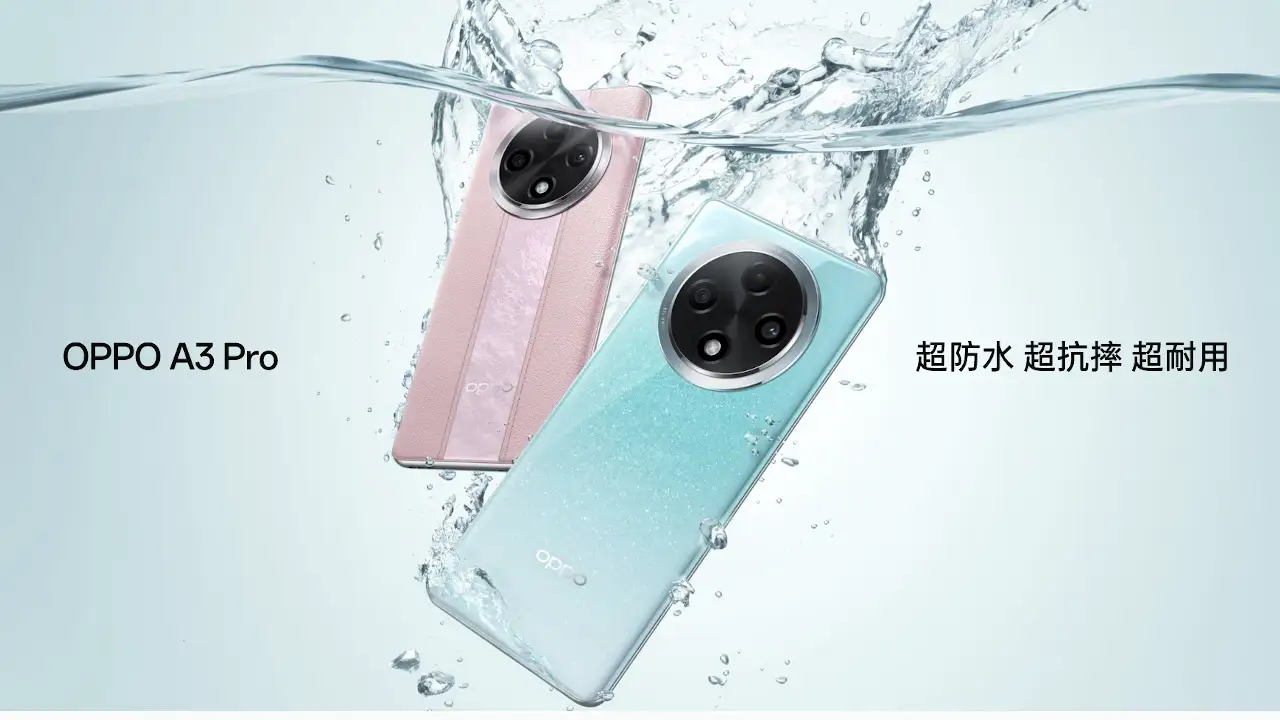

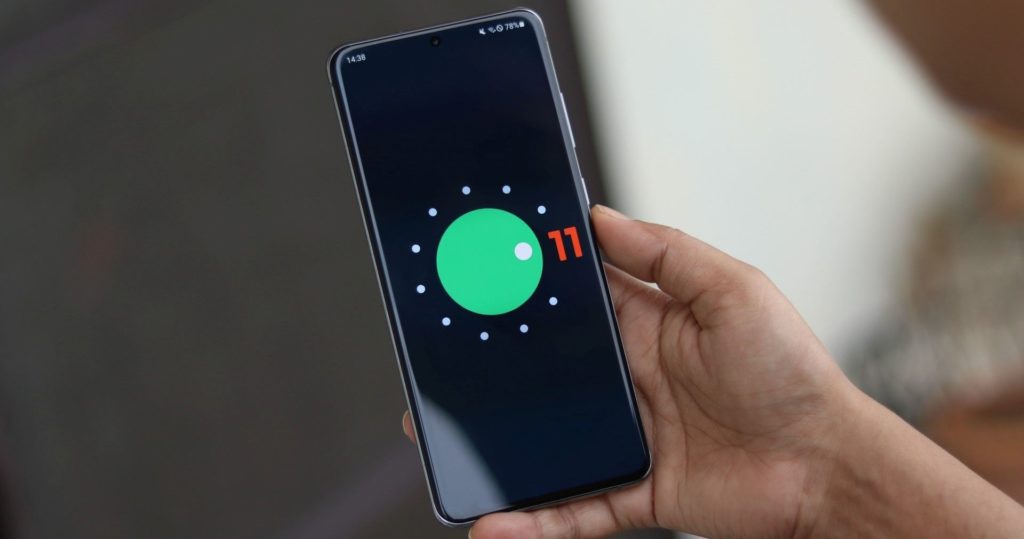
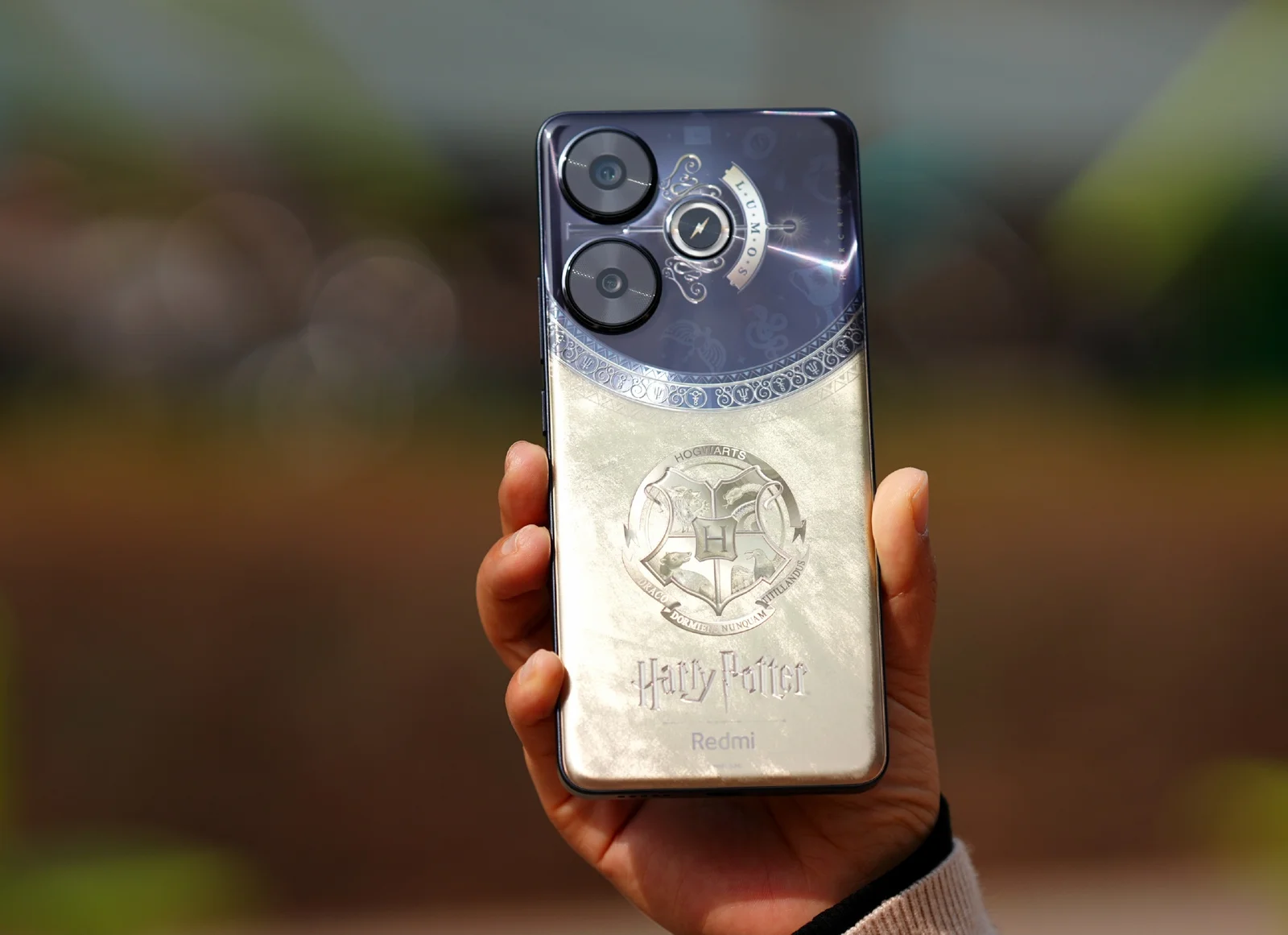
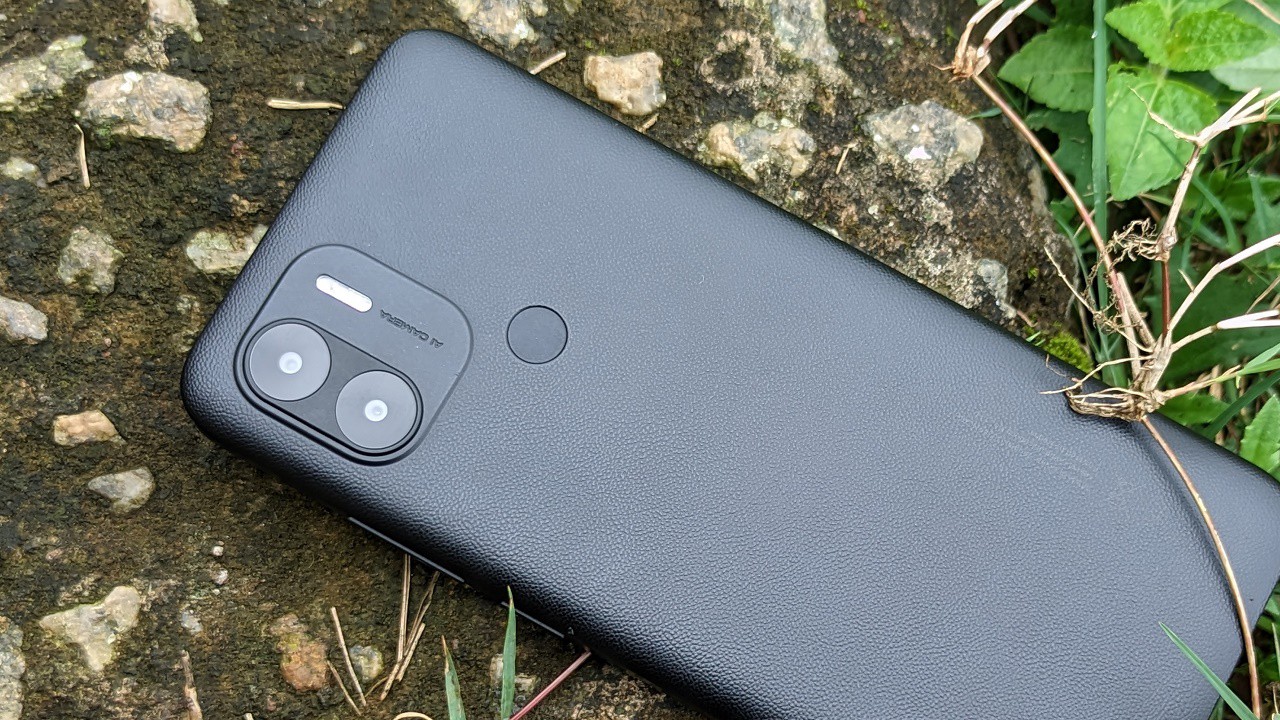
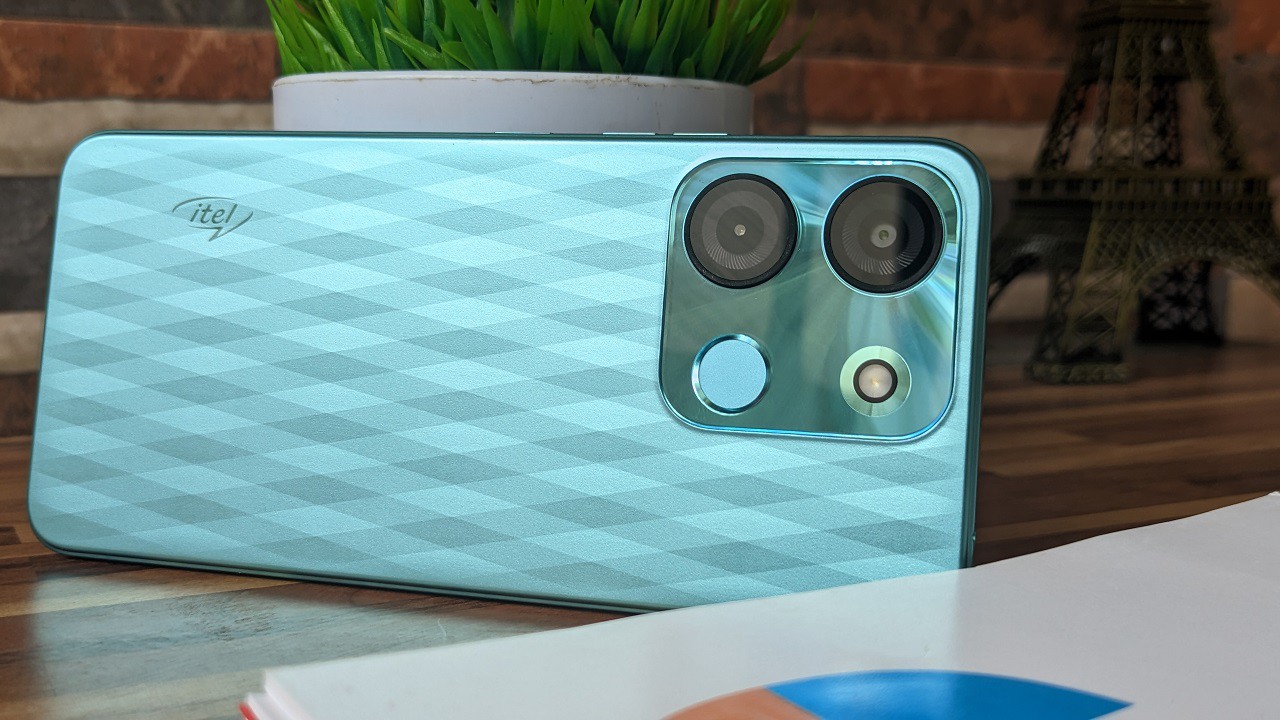
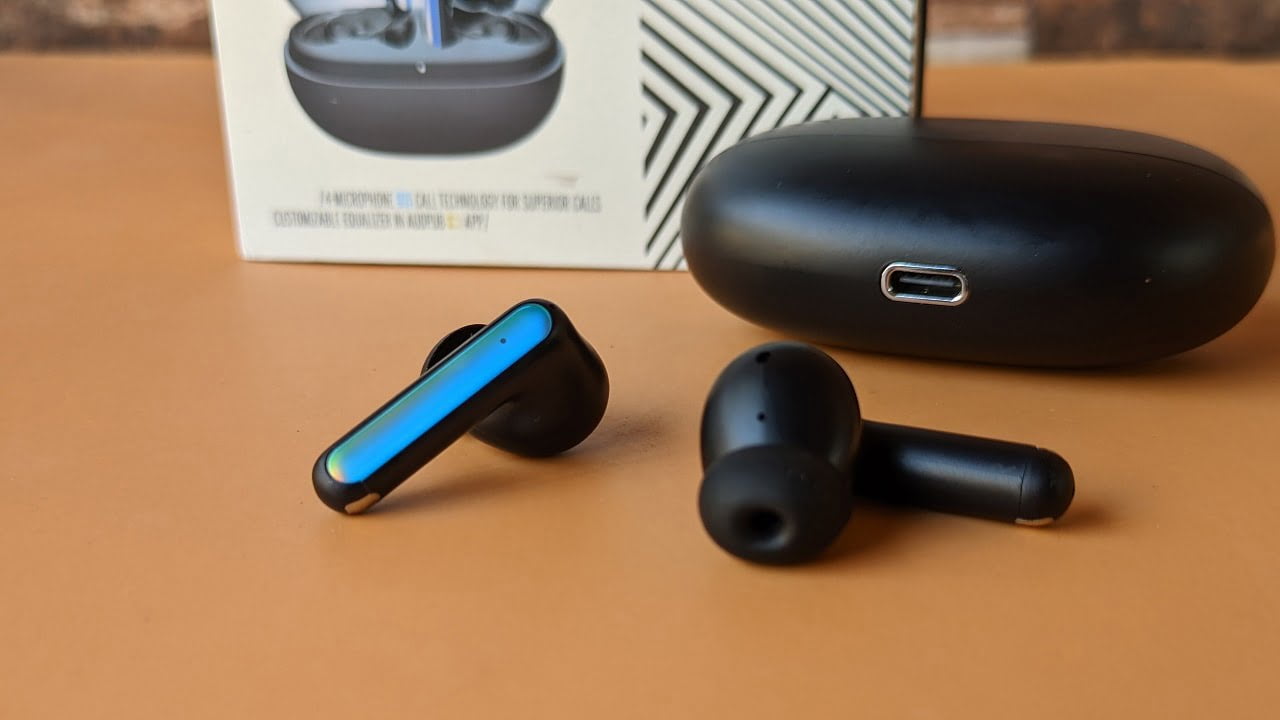
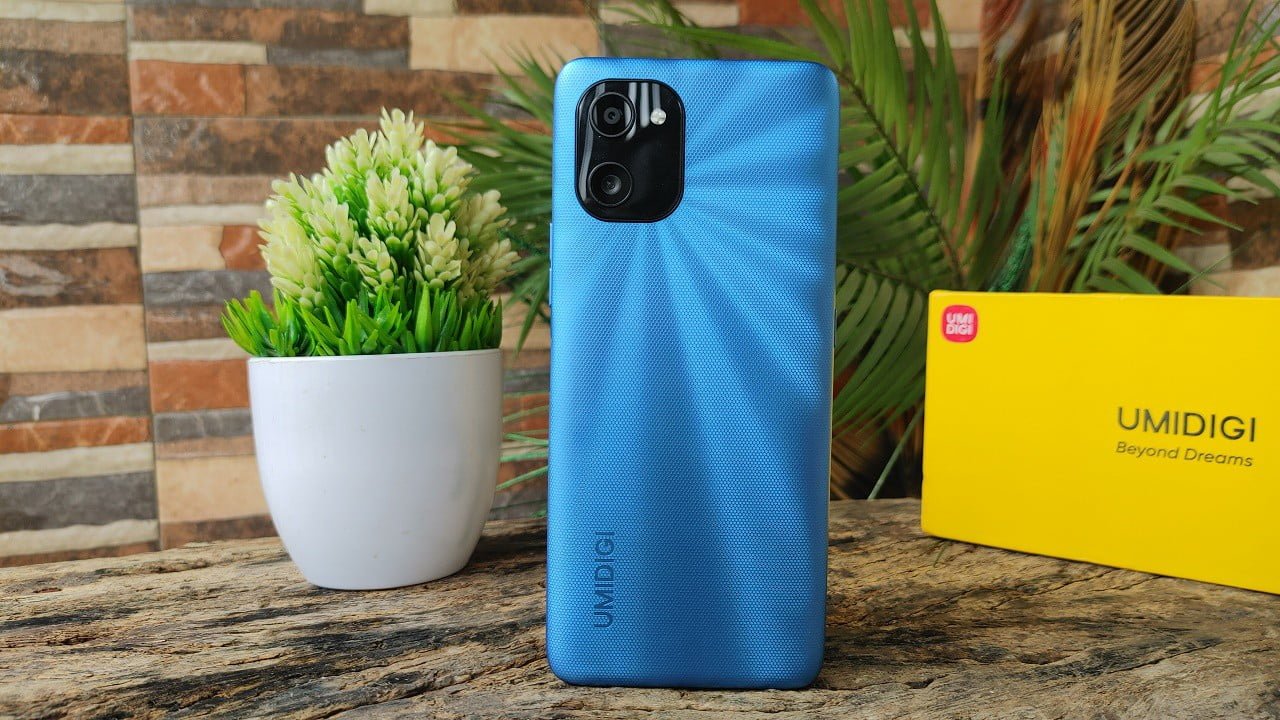
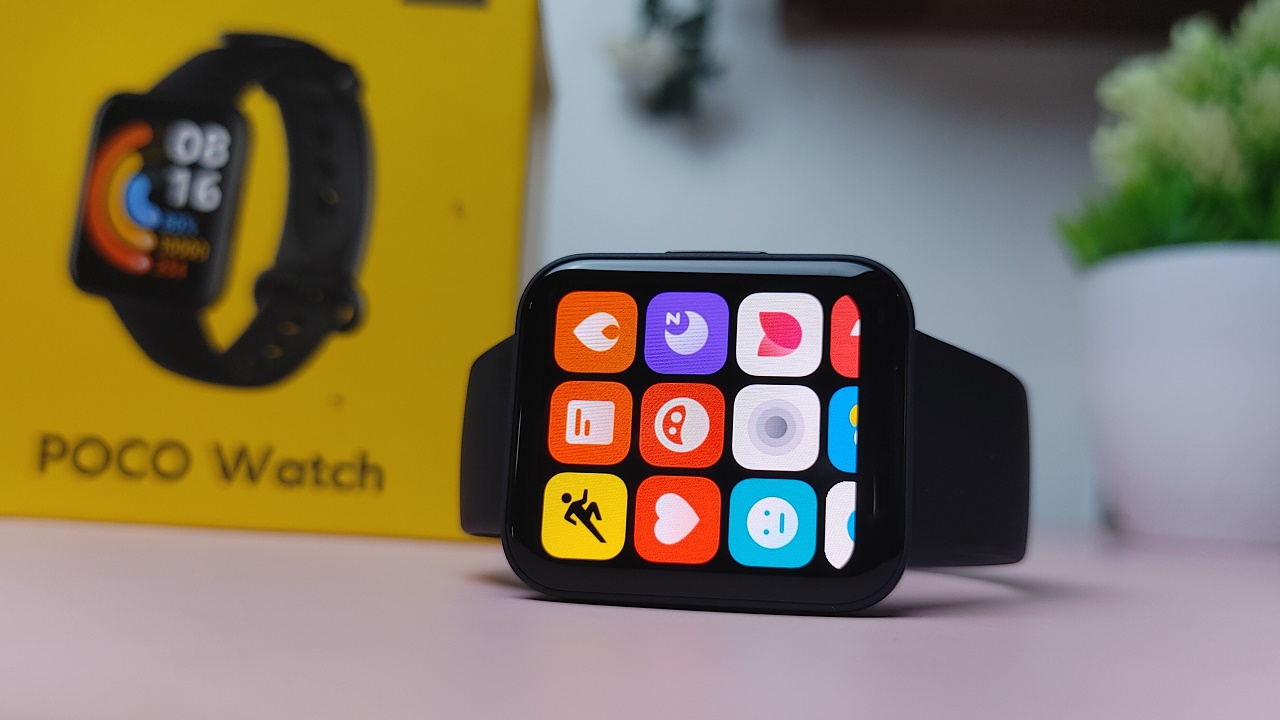
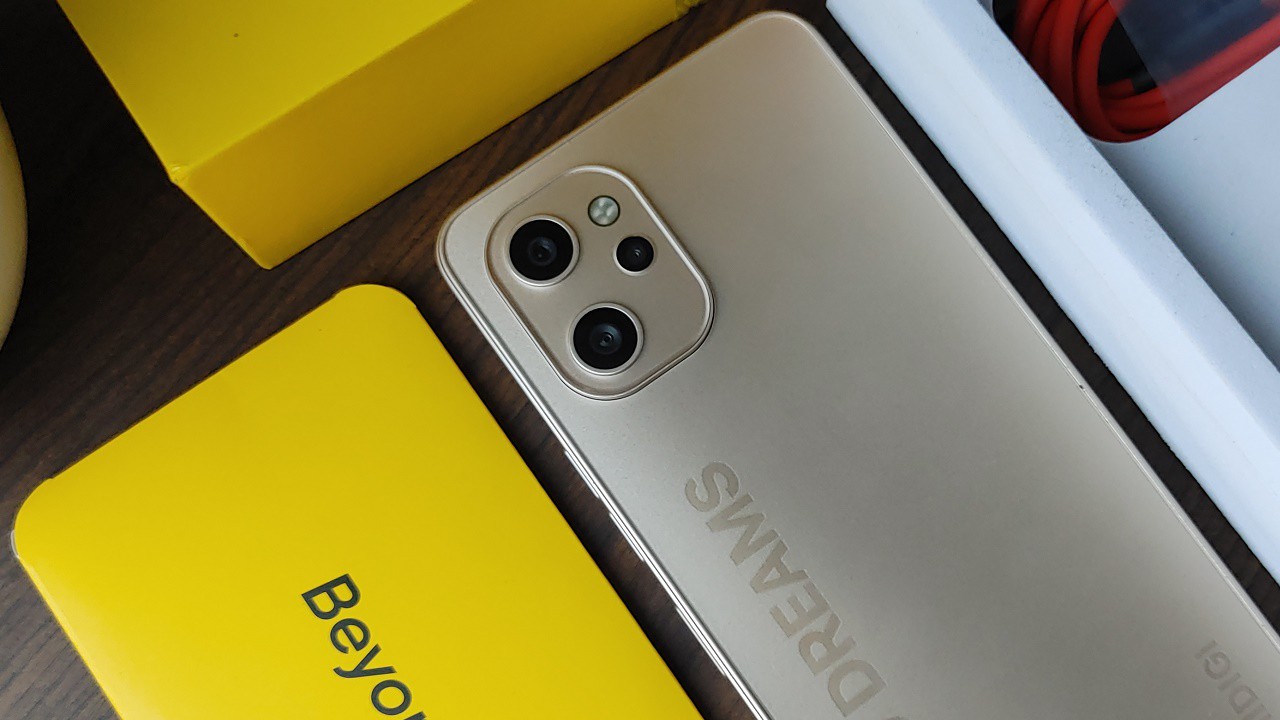
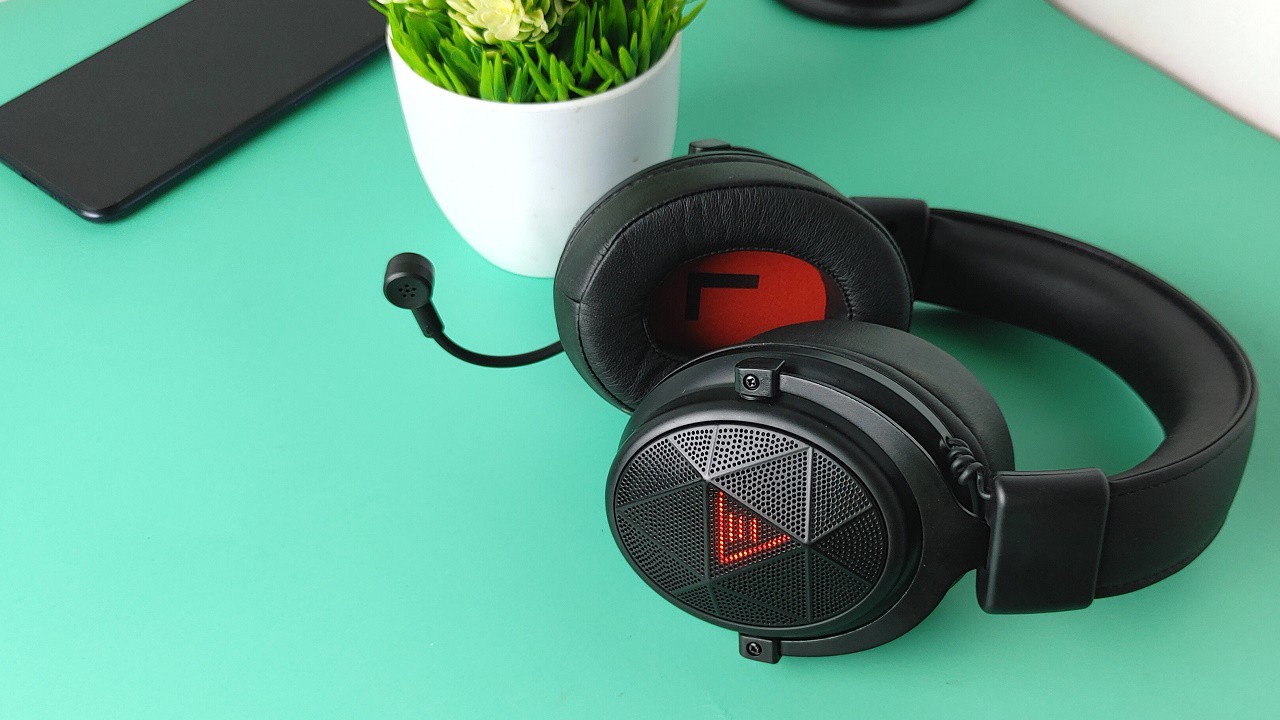
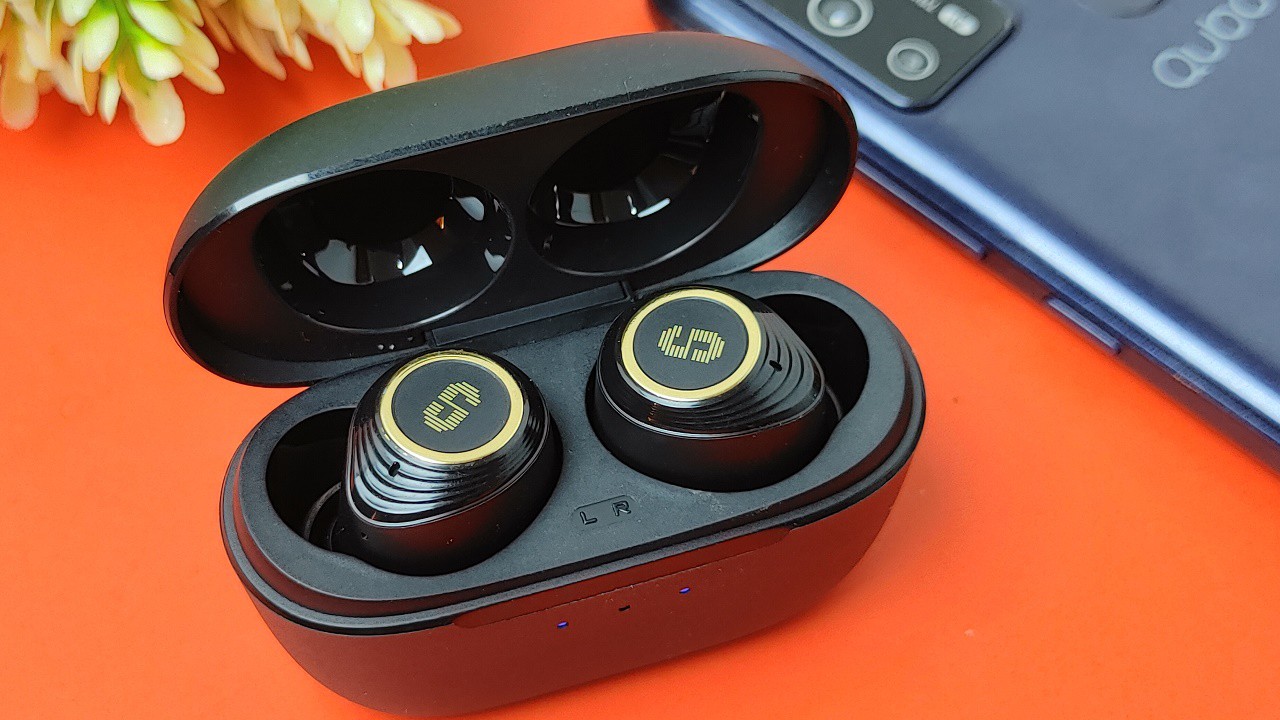
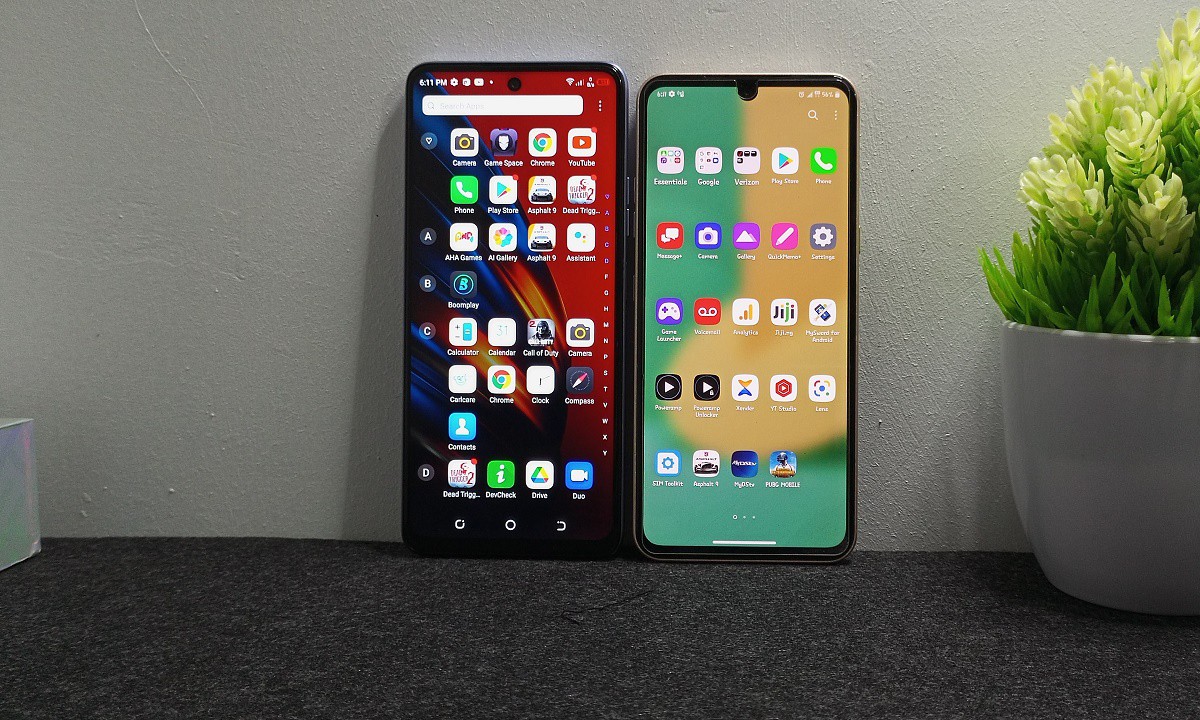

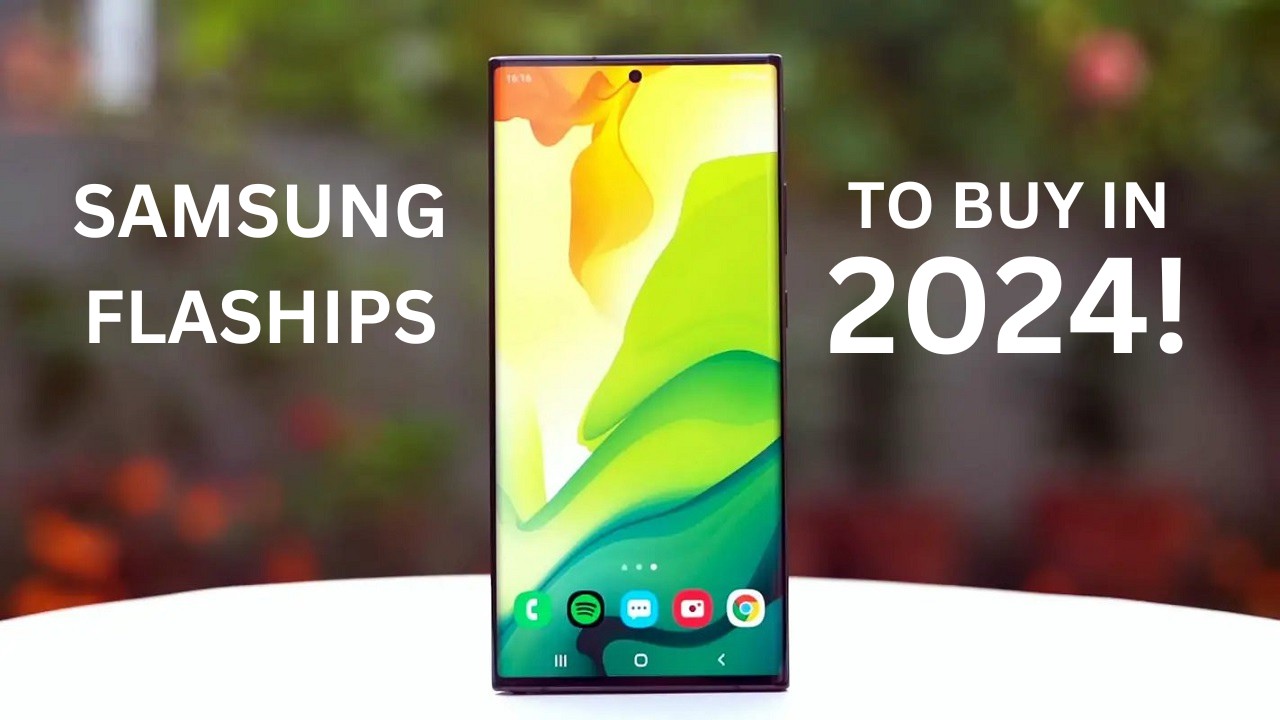
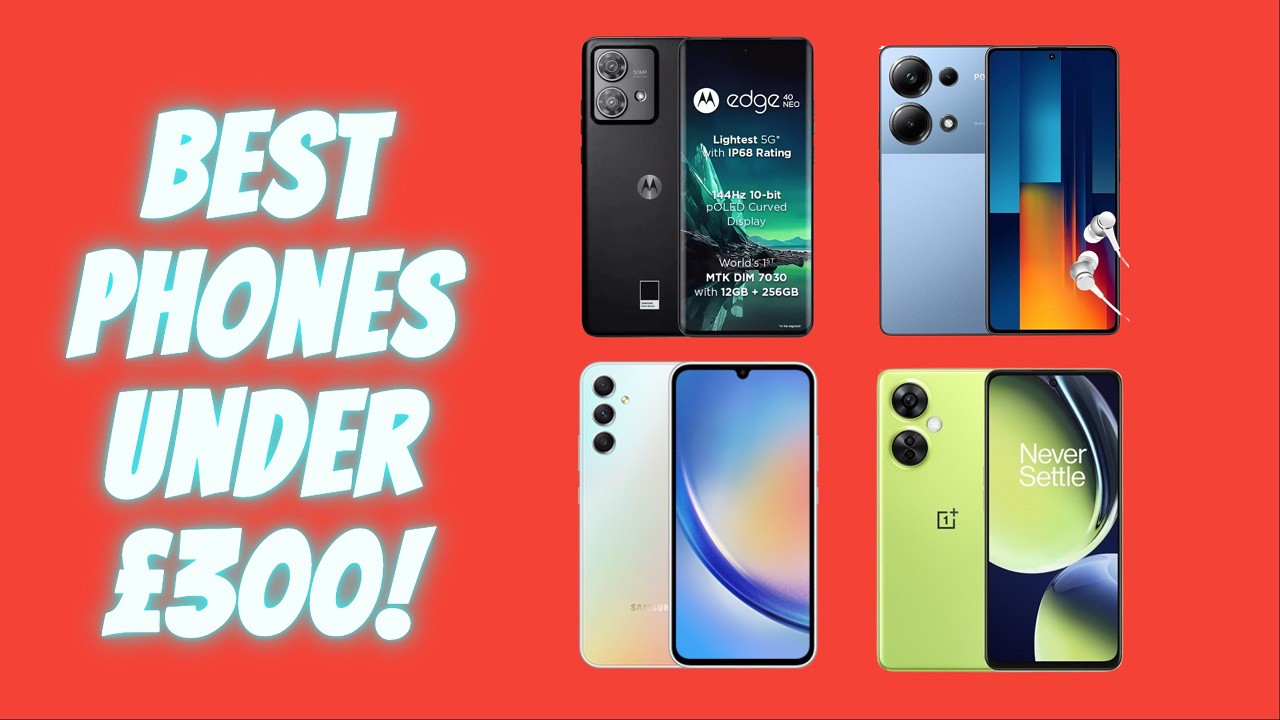

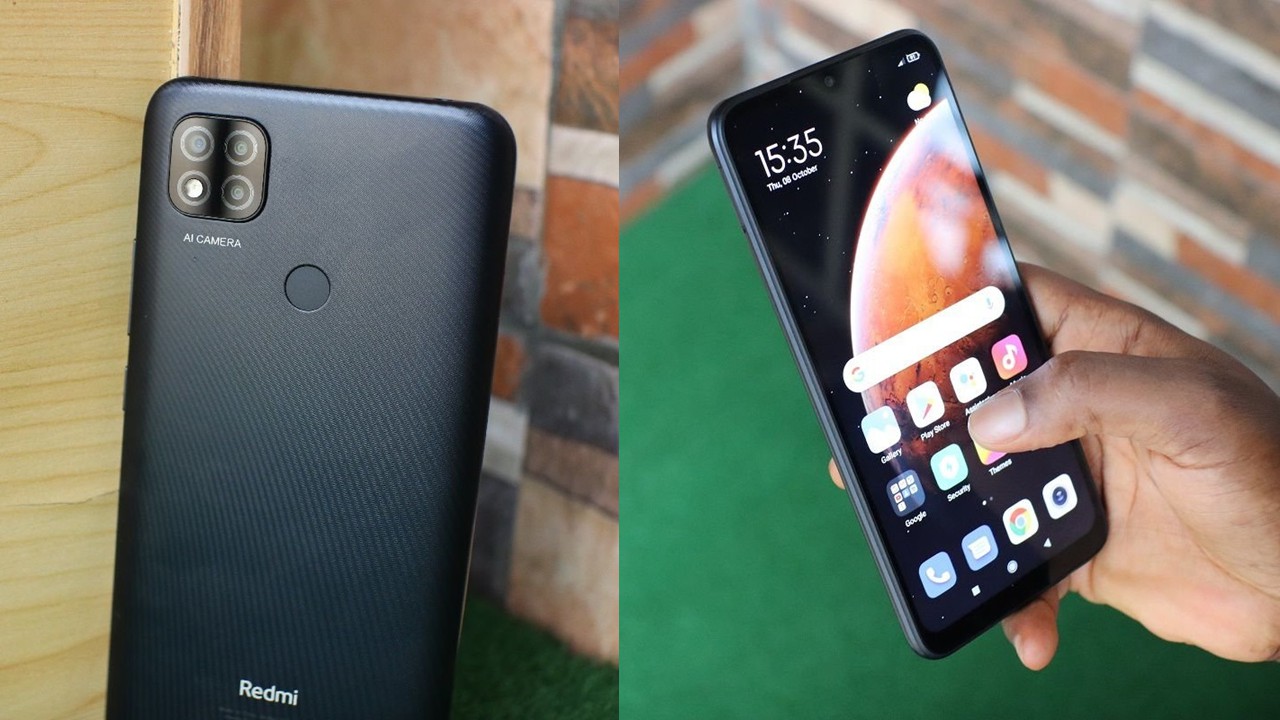
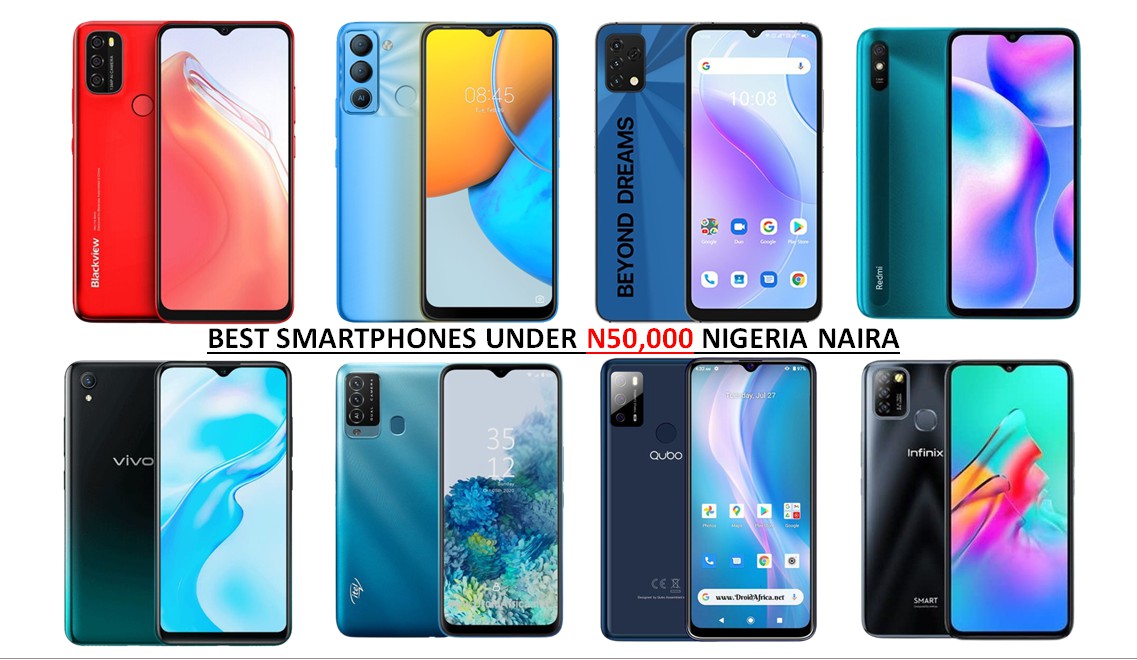
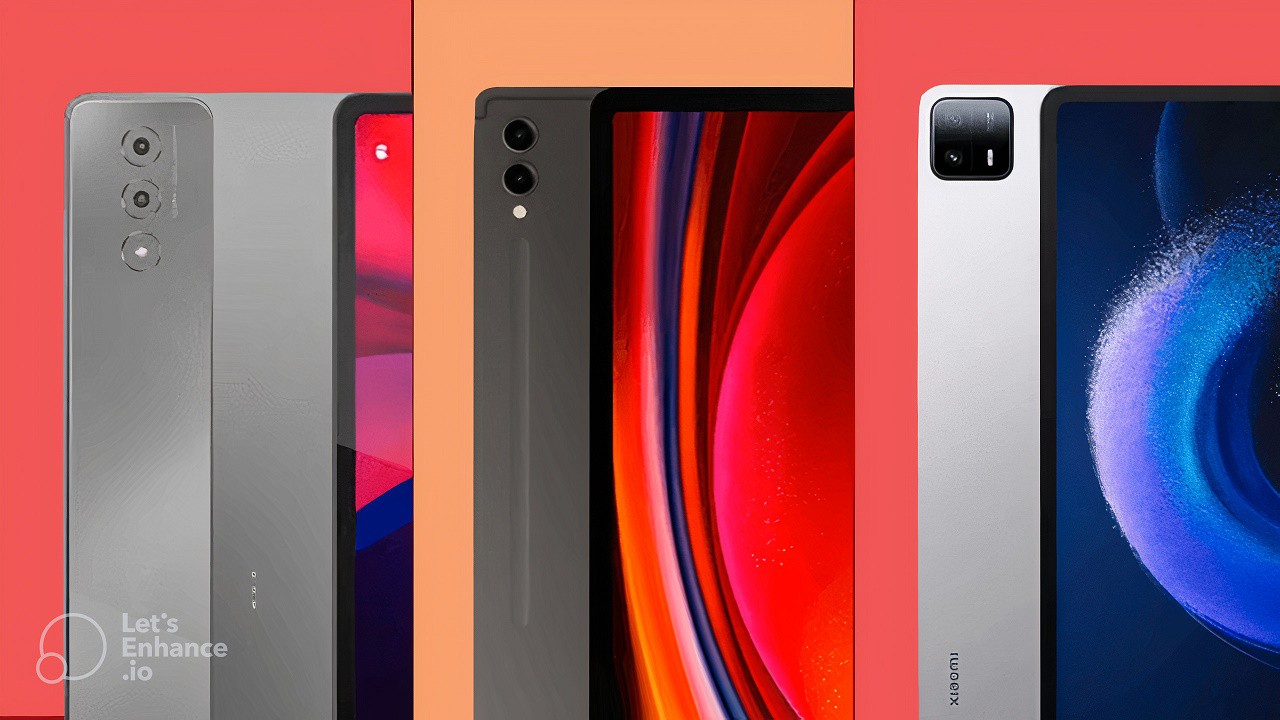
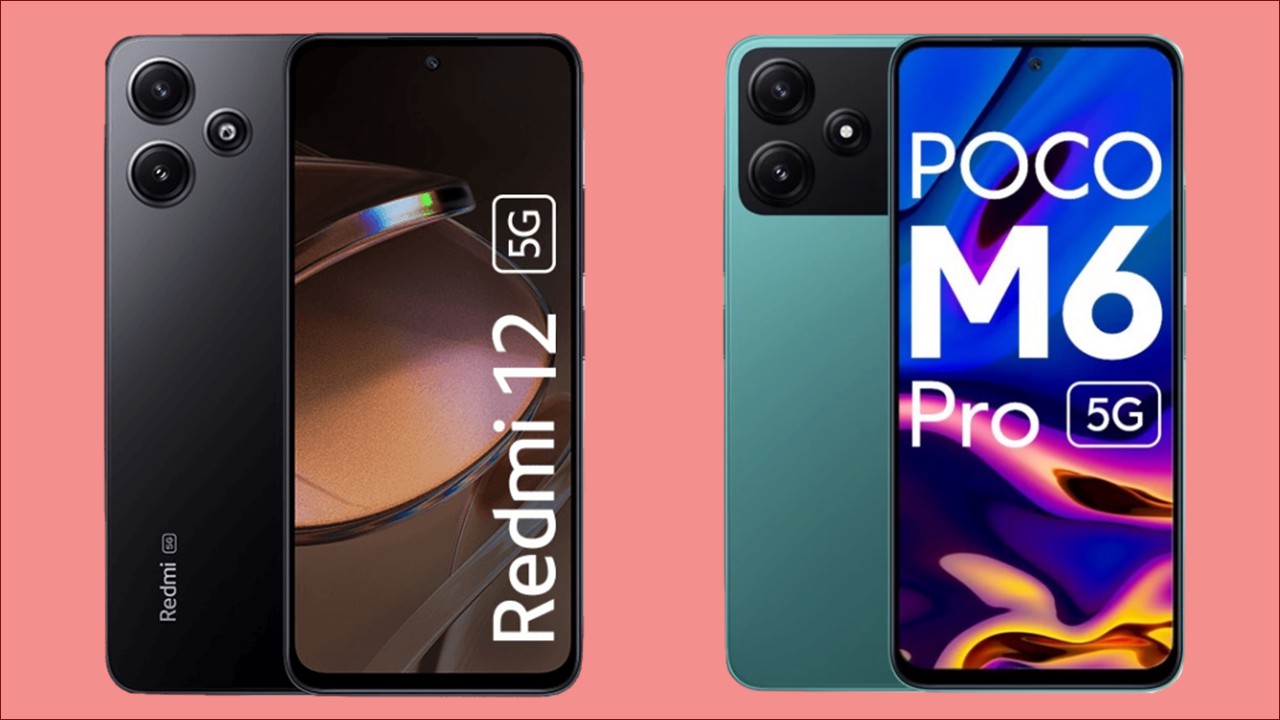
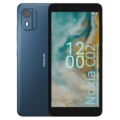
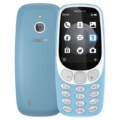
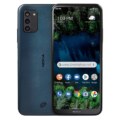
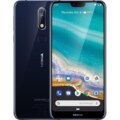

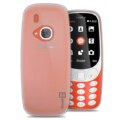
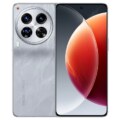

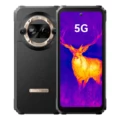
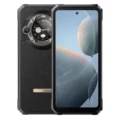
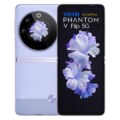
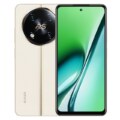

Leave a Reply